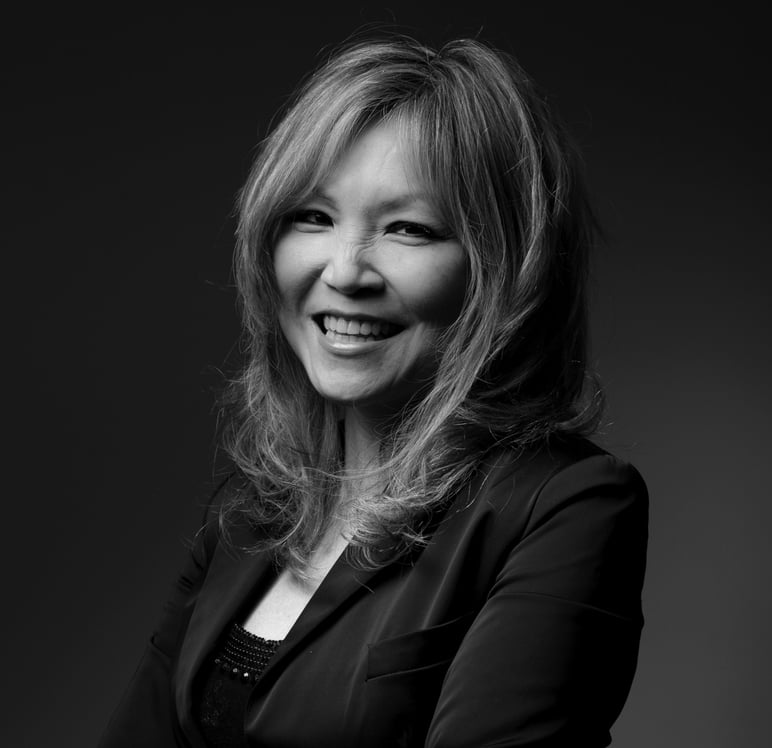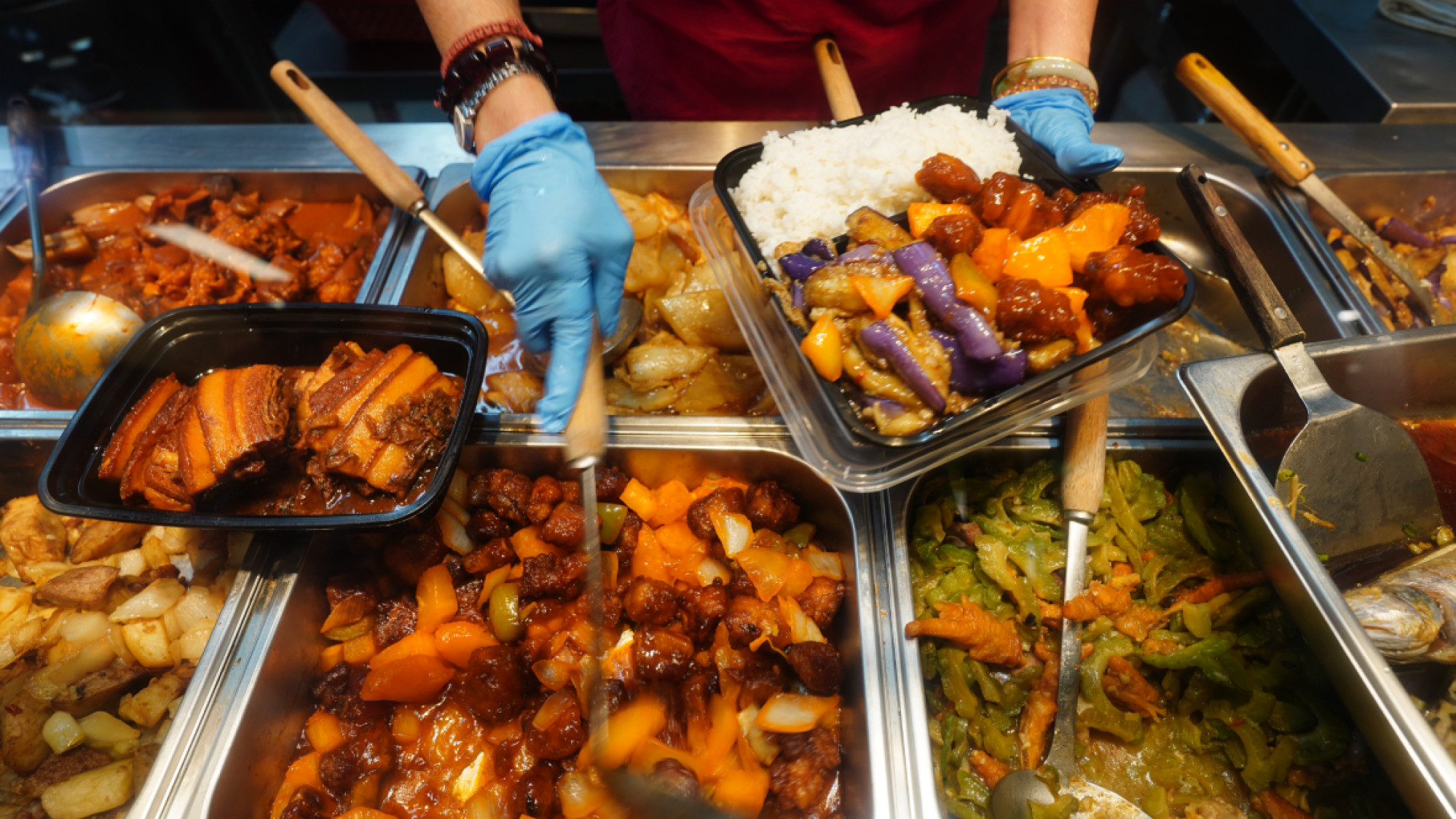
Is Hong Kong’s ‘2-dish-rice’ phenomenon a dark sign that the city is returning to widespread poverty?
- A spike in eateries selling two- and three-dish-rice boxes is reminiscent of the 1950s when open-air food stalls helped Hong Kong’s poor survive
- And yet, increasingly side by side we have people with deep pockets shelling out eye-watering sums for bespoke culinary experiences
“The proof of the pudding is in the eating,” as the old saying goes. In this case, there can be no doubt that Hong Kong people love the affordable two- and three-dish-rice boxes they have been filling their stomachs with over the past three years of the Covid-19 pandemic.
This unglamorous, everyday meal box has helped bind people together through difficult times, as well as feed the soul, and the stomach, of the city.
Love and gratefulness aside, however, alarm bells ought to be ringing at the mushrooming number of eateries selling these fast and convenient meals.
Once the staple diet for the working classes, these humble US$5 meals have been quietly spreading across Hong Kong’s Central business district, and have even breached the stylish perimeter of the Pacific Place mall in Admiralty.
Hong Kong’s ‘two-dish-rice’ is fully deserving of intangible heritage status
This posh commercial enclave, long associated with top-end brands, does not embrace just any merchant. Even so, one can now find à la carte options – modelled on the two- and three-dish-rice stalls – in its food court.
With prices ranging from HK$88 to HK$108 (US$11.30 to US$13.80) for a choice of three- or four-dish meals, and a special emphasis on healthier offerings covering ketogenic and vegetarian diets, the Pacific Place rice box menu offers a distinctly upmarket vibe.
It is far from the fare we find in working-class and industrial neighbourhoods such as Sham Shui Po, Mong Kok and Kwun Tong.

But there are only so many ways to dress up a meal-in-a-box, no matter the number of sides on offer and fads catered to.
To most customers, this is still “this this rice” – a colloquial name derived from the way people order by pointing their fingers at the dishes and saying “I want this and this” to the servers – but the increasing popularity and omnipresence of the once-simple rice box isn’t a good reflection of the city’s economic situation.
For a start, even though Hong Kong’s population of premium food snobs may not be dwindling, many have had to tighten their belts of late.
Thai tour group deserves ‘Tourist of the Year’ medals after meal box fiasco
Similarly alarming in a city that boasts over 70 Michelin-starred dining venues and is known as one of the finest wining and dining destinations in the world, is the reputational damage such extraordinary growth in cheap-eat venues portends.
The colossal price difference between a simple meal such as a “this this rice” box and a gourmet dinner is nothing new. Hong Kong has always offered some of the world’s best and most diverse dining experiences, ranging from ridiculously cheap street food to astronomically priced epicurean adventures costing HK$5,000 per head, easily 15 per cent of an average middle-class person’s monthly income.
As more “this this rice” eateries keep popping up all over the city, we can no longer ignore the deepening disparity between rich and poor being underscored by the current restaurant scene.
Well-known Hong Kong food critic and TV personality Chua Lam recently highlighted the connection between this surge in grassroots restaurants and growing income disparity in the city.

While the availability of affordable restaurants is a welcome thing, the rapid jump in their number is symptomatic not only of income decline, but of rising poverty levels among the general population. This situation can no longer be swept under the carpet.
The recent spike in the number of cha chaan teng – local Hong Kong-style cafes – and “this this rice” eateries is reminiscent of the 1950s. Back then, ubiquitous dai pai dongs – open-air food stalls – offered cheap and filling food, and helped Hong Kong’s poor survive.
Are we really witnessing a return to 1950s-style widespread poverty?
‘Selling piglets’ scandal shows how desperate Hong Kong people have become
And yet, increasingly side by side we have people with deep pockets shelling out eye-watering sums for bespoke culinary experiences. In this exclusive world, according to Chua, paying HK$10,000 for a meal for four is considered “normal” nowadays at many high-end Hong Kong restaurants.
It is sobering to realise that a meal costing HK$2,500 per person is equivalent to around 60 “this this rice” boxes (at HK$40 each) – enough to feed a person for a month, on two meals a day.
Chua noted that there was even pressure from some rich people for high-end restaurants to raise their prices further, thus guaranteeing their exclusivity and turning them into reservations for the wealthy elite.
Old Hong Kong bakeries are dying – go to one while you still can
Commenting about the “two-dish-rice” phenomenon, Chua said that even one-dish rice tasted good.
It is not a matter of price or quantity; anyone can and should be able to enjoy a splendid meal, regardless of their income bracket.
Unfortunately the wealth gap appears only to be widening, with the “haves” attempting to lead society into a distasteful future.
So my advice is, don’t be an idiot. Why fork out more than you should, just to flaunt your riches, when in Hong Kong you can already have your cake – or rice box – and eat it!
Luisa Tam is a Post editor who also hosts video tutorials on Cantonese language that are now part of Cathay Pacific’s in-flight entertainment programme

